The Power of Lists: Exploring the Pros and Cons of Online Decision-Making Tools
Related Articles: The Power of Lists: Exploring the Pros and Cons of Online Decision-Making Tools
Introduction
With great pleasure, we will explore the intriguing topic related to The Power of Lists: Exploring the Pros and Cons of Online Decision-Making Tools. Let’s weave interesting information and offer fresh perspectives to the readers.
Table of Content
The Power of Lists: Exploring the Pros and Cons of Online Decision-Making Tools

In the digital age, information is readily available at our fingertips. However, navigating this vast ocean of data can be overwhelming, especially when faced with complex decisions. This is where online pros and cons lists emerge as invaluable tools, offering a structured framework for weighing options and making informed choices.
Understanding the Essence of Pros and Cons Lists
Pros and cons lists, whether crafted manually or generated through online tools, are essentially organized summaries of the advantages and disadvantages associated with a particular choice. They provide a clear visual representation of the potential outcomes, facilitating a more objective and balanced evaluation process.
Benefits of Online Pros and Cons Lists
-
Enhanced Clarity and Objectivity: Online lists force a structured approach to decision-making, encouraging individuals to consider both positive and negative aspects of each option. This structured framework helps to mitigate emotional biases and personal preferences, promoting a more objective evaluation.
-
Time Efficiency: Online tools can significantly streamline the process of creating pros and cons lists. Automated features like pre-populated lists, suggestion algorithms, and automatic formatting save valuable time and effort, particularly for complex decisions involving multiple options.
-
Improved Decision-Making: By presenting a comprehensive overview of potential outcomes, online pros and cons lists empower individuals to make more informed decisions. They facilitate a deeper understanding of the implications of each choice, leading to greater confidence and satisfaction with the final decision.
-
Collaborative Decision-Making: Online platforms often allow for shared lists, enabling collaborative decision-making. This feature is particularly valuable for group projects, family discussions, or business negotiations, fostering transparency and consensus-building.
-
Accessibility and Convenience: Online tools are accessible from any device with an internet connection, making it convenient to create and access lists anytime, anywhere. This flexibility eliminates the need for physical notebooks or cumbersome spreadsheets, enhancing the overall user experience.
Potential Drawbacks of Online Pros and Cons Lists
-
Oversimplification: While online lists offer a structured approach, they can sometimes oversimplify complex decisions. The focus on quantifiable advantages and disadvantages may neglect intangible factors or nuanced considerations that are crucial for informed decision-making.
-
Bias in Algorithms: Some online tools rely on algorithms to generate lists, which can be susceptible to biases based on user data and historical trends. This can lead to skewed perspectives and potentially influence decision-making in unintended ways.
-
Lack of Personalization: Pre-populated lists and algorithm-driven suggestions may not always align with individual preferences and values. This can limit the effectiveness of the tool and hinder the decision-making process.
-
Over-Reliance on Technology: Over-reliance on online tools can create a dependence on technology and potentially diminish critical thinking skills. Individuals should strive to maintain a balance between using online tools and engaging in independent reflection and analysis.
-
Privacy Concerns: Sharing lists online can raise privacy concerns, particularly when dealing with sensitive information or personal decisions. Users should be aware of the platform’s data security policies and ensure they are comfortable with the level of information being shared.
FAQs on Online Pros and Cons Lists
1. What types of decisions are online pros and cons lists best suited for?
Online lists are particularly beneficial for decisions that involve multiple options, require objective analysis, or necessitate a structured approach. Examples include:
- Career Choices: Weighing different career paths based on salary, work-life balance, and career progression opportunities.
- Major Purchases: Evaluating the pros and cons of different car models, houses, or electronic devices.
- Travel Destinations: Comparing travel options based on cost, activities, and cultural experiences.
- Personal Development Goals: Assessing the benefits and challenges of different learning opportunities or lifestyle changes.
2. Are online pros and cons lists effective for complex decisions?
While online lists can provide a helpful framework for complex decisions, they should not be considered a substitute for thorough research and critical thinking. It is essential to supplement the list with additional research, expert opinions, and personal reflection.
3. How can I ensure the accuracy and objectivity of online pros and cons lists?
- Cross-Reference Information: Verify the information presented in the lists with multiple sources to ensure accuracy and completeness.
- Consider Different Perspectives: Seek input from trusted individuals or experts to gain diverse perspectives and challenge assumptions.
- Analyze Underlying Assumptions: Question the underlying assumptions behind the pros and cons listed, identifying potential biases or hidden agendas.
4. What are some tips for using online pros and cons lists effectively?
- Define Clear Criteria: Establish specific criteria for evaluating each option, ensuring that the pros and cons listed are relevant and comparable.
- Prioritize Options: Rank the options based on their importance and allocate more time and effort to evaluating the most significant choices.
- Focus on Actionable Insights: Ensure that the list provides actionable insights, guiding you towards a clear decision and next steps.
- Don’t Overlook Intangibles: While the list focuses on tangible factors, acknowledge and consider intangible aspects like emotions, values, and long-term implications.
5. Should I rely solely on online pros and cons lists for decision-making?
Online lists are valuable tools but should not be considered the sole basis for decision-making. They should be used in conjunction with research, reflection, and expert opinions to ensure a well-informed and holistic approach.
Conclusion
Online pros and cons lists are powerful tools for navigating the complexities of decision-making in the digital age. They offer a structured framework for analyzing options, promoting objectivity and clarity. However, it is crucial to utilize these tools responsibly, recognizing their limitations and supplementing them with critical thinking, research, and personal reflection. By embracing a balanced approach, individuals can leverage the benefits of online lists while maintaining their autonomy and making informed decisions that align with their values and aspirations.
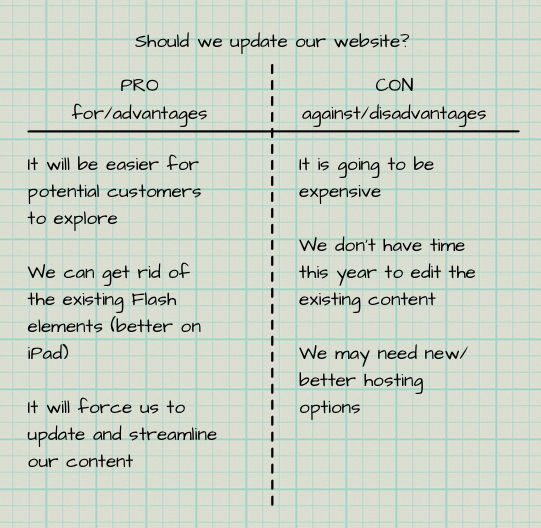
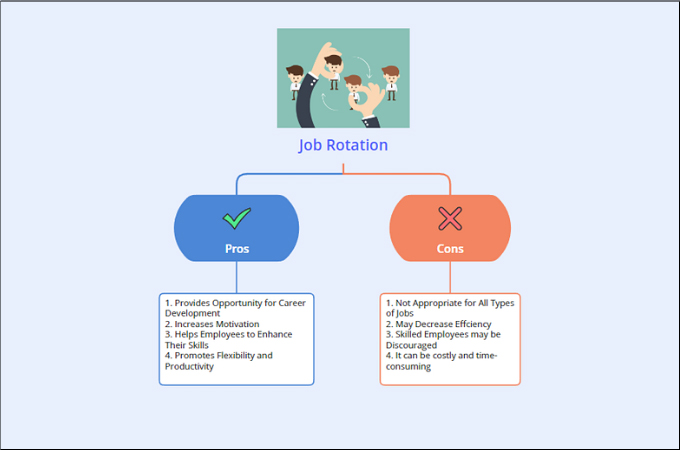
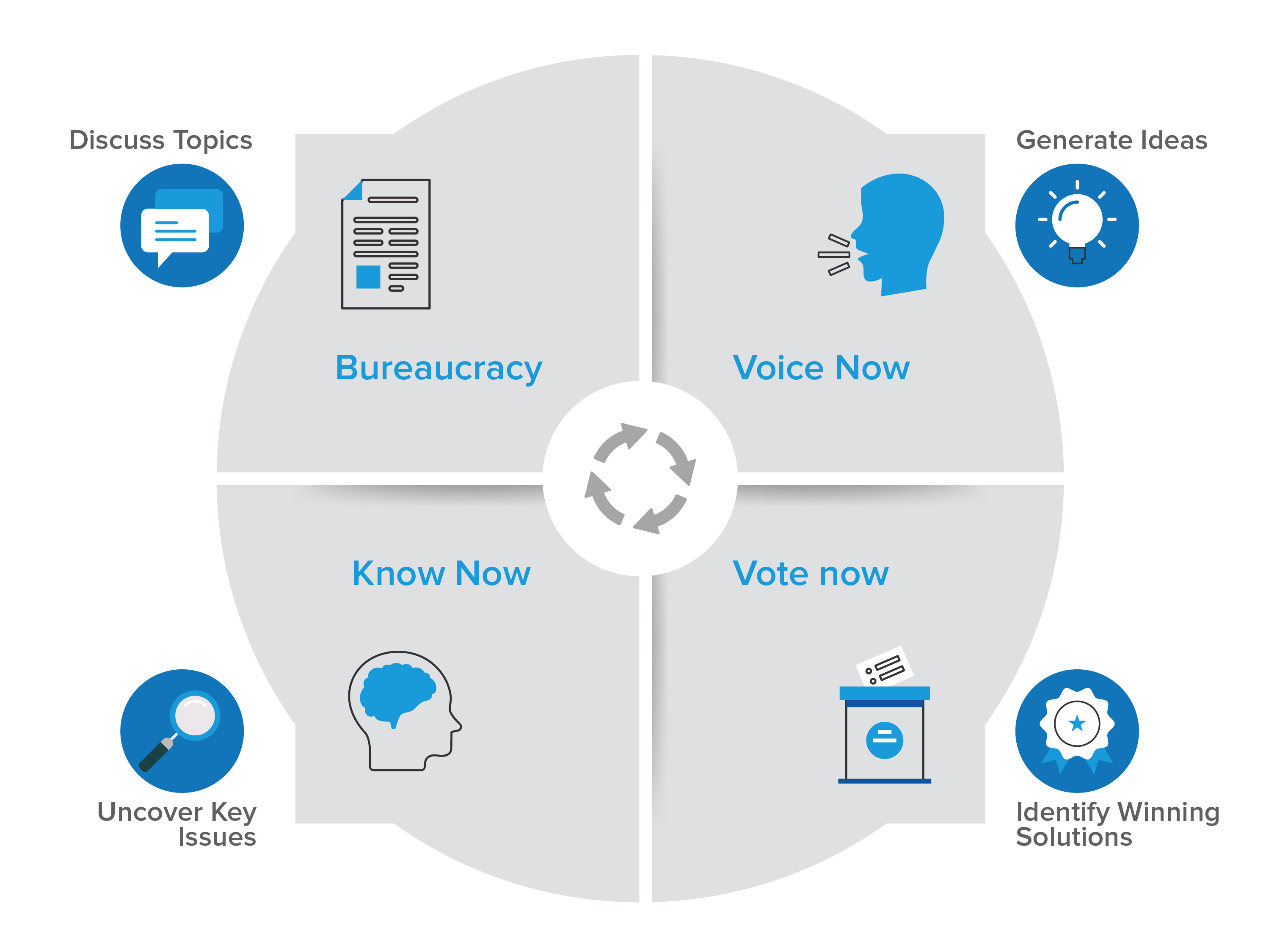


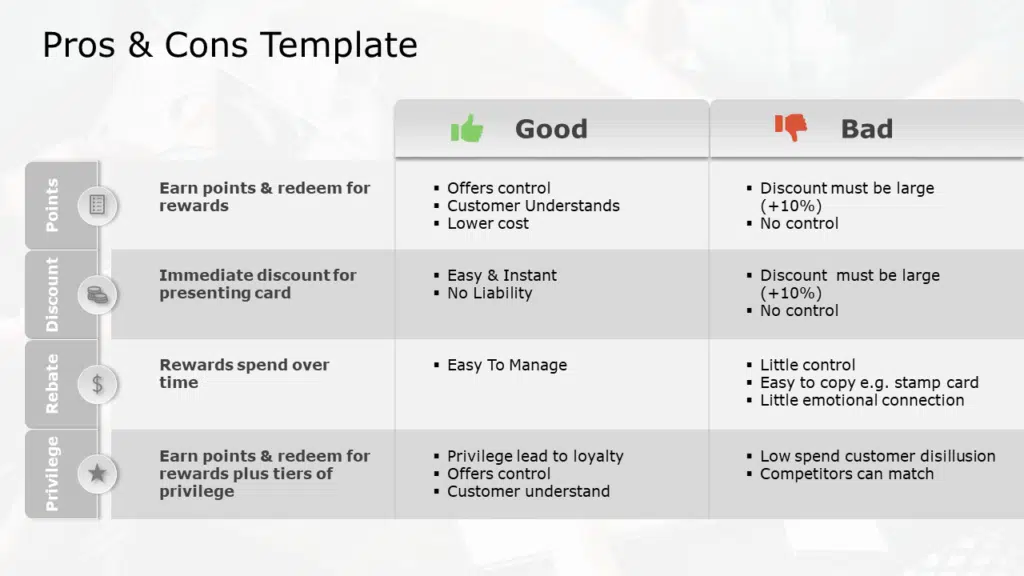
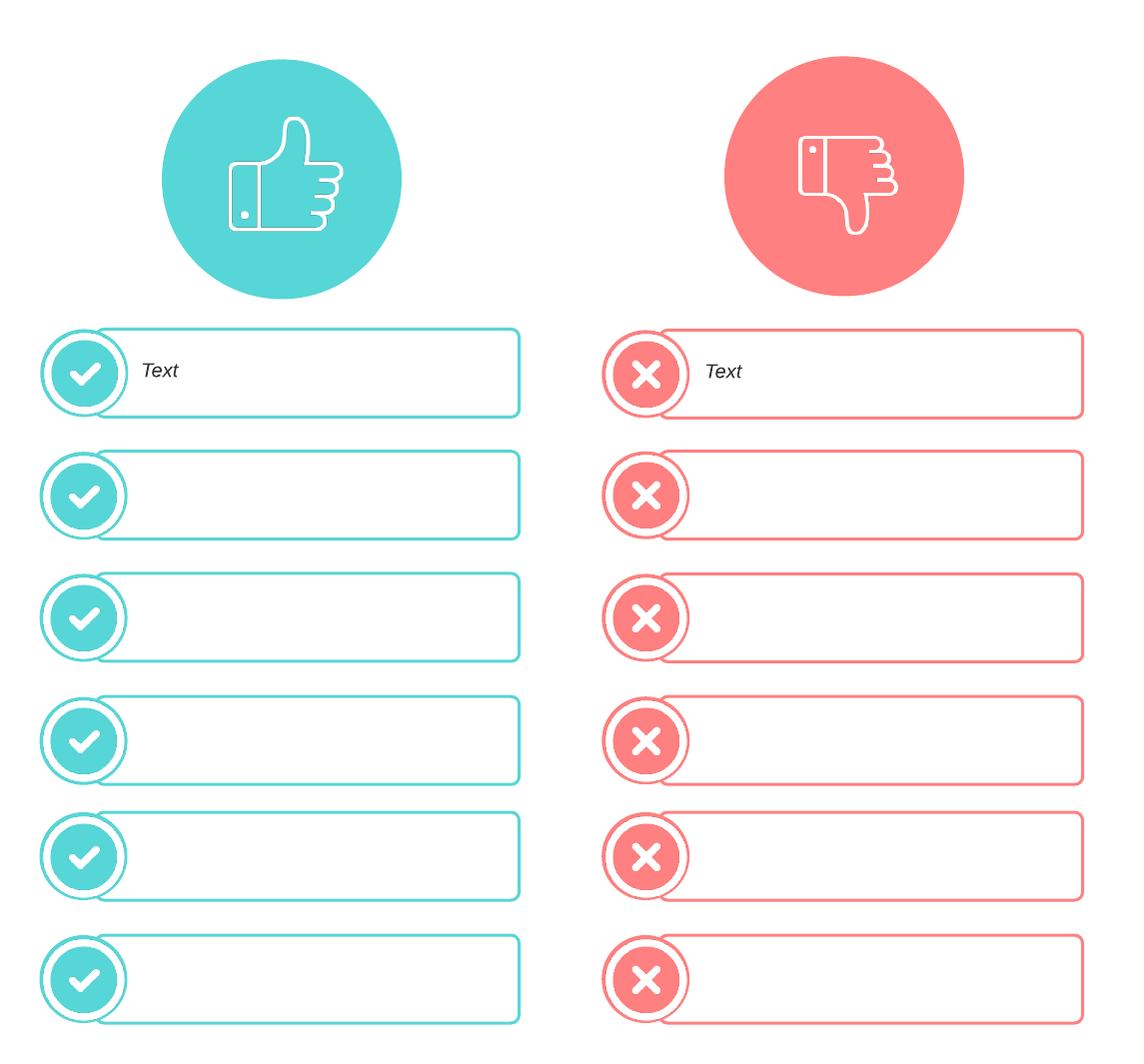

Closure
Thus, we hope this article has provided valuable insights into The Power of Lists: Exploring the Pros and Cons of Online Decision-Making Tools. We hope you find this article informative and beneficial. See you in our next article!